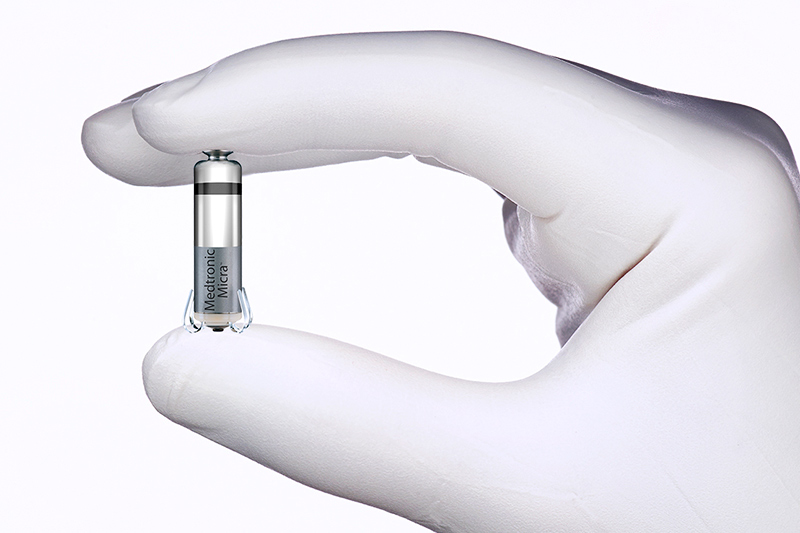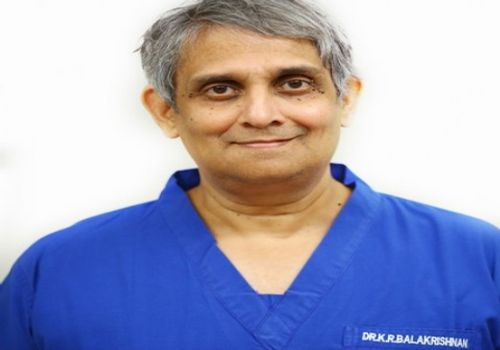Pacemaker Implantation

This medical guide has been curated to brief the patients or readers about why, how, and when they need pacemaker implantation.
A pacemaker insertion is a medical procedure that involves implantation of an electronic device inside the chest (usually below the collarbone) for helping with the slow regulating problems in the heart. A pacemaker is generally recommended for patients with slow heartbeat rate. The device ensures to prevent the heartbeat from slowing down to a hazardously low rate.
Understanding Heart’s Electric System
The human heart can be described as a pump made from a muscle tissue structure that stimulates blood flow using electrical currents that follows specific circuits in the heart.
The electric circuit of the heart begins from SA (Sinoatrial) or sinus that is a specialized tissue made out of small mass located in the upper chamber (right atrium) of heart. SA nodes generate electric stimulus at a rate of 60 to 100 per minute (in adults, under normal conditions). This electrical impulse generating from sinoatrial node kickstarts the heartbeat.
Reasons for getting the Procedure:
Pacemaker implantation is used for balancing the heartbeat, boosting the heart to pump at a standard rate. So, naturally the following heart rhythm and rate problems are treated with pacemaker insertion:
Heart Block – occurs when the heart’ electrical signals are blocked or delayed after leaving from the SA nodes.
Bradycardia – is a condition in which the sinus node forces the heart to beat at a prolonged rate.
Tachy-Brady Syndrome – is the condition in which the heartbeats are altered either by functioning too fast or too slowly.
Why does a patient need pacemaker implantation?
A pacemaker is required when the electric system of heart conduction is unable to function properly. The gap or the alteration between the timing of the heart’s electrical stimulation and the heart muscle with the following response of the pumping chambers can tamper with the function of heart that might force the patients to get a pacemaker.
Procedure for Inserting Pacemaker Implantation
Pacemaker Implantation can be performed with or without the need for a hospital stay. The procedure is subject to vary depending on the patient’s condition as well as the doctor’s surgical approach.
Generally, surgeons follow these steps for pacemaker insertion:
Step 1: The patient will be given high-dozes of anesthesia to make the patient numb and unconscious during the procedure.
Step 2: The patient is connected with an ECG (electrocardiogram) machine that help the doctors in monitoring the electric functionality of the heart including blood pressure, breathing rate, oxygenation level, and heart rate etc., during the procedure.
Step 3: Now a small incision is made on the chest of the patient. Then an introducer is put inside the blood vessel, under the collarbone. Then a lead wire is inserted inside through the introducer in the blood vessels. Now that the lead wire is inside, the location and the functionality of the cable is tested. Fluoroscopy is used in the procedure to provide assistance in determining the position of the wires.
Step 4: Pacemaker is put inside the incision following the path of the lead wire. Usually, the pacemaker is placed in the heart’s nondominant side. (If the patient is right-handed, the device is set in the upper left chest, and vice-versa if the patient is left-handed).
Step 5: Before stitching the incision, the pacer is observed on the ECG to ensure that it is working correctly. If everything seems fine, the incisions are closed, and a sterile bandage is applied to the wound.
Cost of Pacemaker Implantation in India
The cost of pacemaker implantation in India ranges starts from USD 4,500. The cost of the device alone is approximately over USD 2,000, which accounts for the most portion of the medical fees.
FAQs
How long does Pacemaker implantation take?
Pacemaker implntation is performed by making an incision on the chest, using which the device is inserted inside the heart. Despite being a small procedure, it can take a few hours as the surgeons ensure to act delicately with the heart, as all heart surgeries involve a number of significant risk factors.
Does Pacemaker implantation require an open-heart surgery?
The procedure for inserting pacemaker implantation does not demand an open heart surgery. Most people can discharge from the hospital within 24 hours after getting pacemaker implantation.
Does pacemaker implantation have any side effects?
Although pacemaker surgery is a considerably safe procedure, it does accounts for a few risk factors that be considered as its side-effects like:
Heart Attack
Blood Clots
Stroke
Lung Collapse or Puncture
Bruising or Swelling on the site where the device is implanted
Heart muscle or blood vessel damage
Explore Medmonks.com to learn more about different heart boosting medical devices and where you can get them in India.





